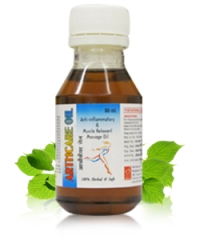Whilst knee arthritis will not typically manifest or present itself in a person until quite late on in their life, usually not until they reach their 50’s, it is possible for people younger than this to acquire knee arthritis. This maybe due to trauma such as a severe fracture, or repeated sprains and injuries endured as a consequence of certain sporting activities.
Whatever the reason, young people who suffer from knee arthritis have an incredibly difficult road ahead of them and the reason for this is that there is no actual cure for knee arthritis, instead, there are only treatment options to actually bring the pain under control. Unfortunately, the range of options available for the young patient is fairly limited and narrow, and none of these various options is without risk.
Total knee replacement, is oftentimes, not a suitable treatment option for knee arthritis in a young person, as there is the risk that the limited lifespan of the prosthetic, along with the active lifestyle of the young person will mean that they will outlive the prosthetic. There is only a certain number of times that the prosthetic can be replaced….before amputation maybe the only option forward.
Another, alternate method of treatment for knee arthritis in young people is “knee osteotomy”.
Recommended Products
How is it performed?
Knee osteotomy is performed under a general anesthetic, due to the highly invasive nature of the procedure, as the orthopaedic surgeon will have to actually manipulate the tendons and muscle of the joint. This is achieved by the surgeon making an incision into the knee joint and then removing a segment of the knee bone, in order to artificially compel the body to then place a greater amount of weight on the other side. In effect then, a knee osteotomy is designed to provide a see saw effect.
What is the recovery time?
The nature of knee osteotomy is such that the patient will need to be non weight bearing for a period of time, and then will require a period of intensive physical therapy for them to regain their balance and strength in the area. On average, the total healing time is 8 weeks from the date of surgery.
Caution: Please use Home Remedies after Proper Research and Guidance. You accept that you are following any advice at your own risk and will properly research or consult healthcare professional.


